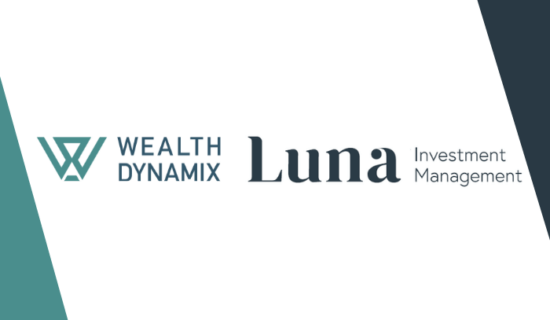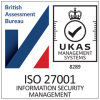This is just one of 7 myths outlined in our e-book, ‘7 Myths About Client Lifecycle Management (CLM)’.
Few wealth managers are still questioning the value of digital tools. However, many still believe the digital experience starts and ends with a client portal. They continue to invest in portals, believing this enriches the client experience and improves the customer journey. But it isn’t that simple.
Client portals first emerged more than ten years ago. They were a huge step forward from the days when valuations and documents were delivered on paper, via post or during a meeting, and requests for routine changes were managed over the phone. Early movers subscribed to the “build it and they will come” mentality, and despite the majority of wealth managers still believing that a client portal should be front and centre of their digital strategy, this is a myth that is increasingly challenged by both clients and relationship managers.
Client expectations have evolved
Computing extended beyond the desktop long ago, but the notion that client portals foster digital engagement is unfounded. Most portals satisfy basic requirements but are failing to deliver the highly intuitive capabilities and personalised service that we are used to in our daily lives in retail – or even retail banking.
All too often portals have low usage rates, offer poor user experience and are costly to develop and maintain. Instead of boosting interactions with relationship managers, and the reputation of your firm, many client portals have simply become expensive alternatives to email, repositories for client reporting pdfs and a way to exchange routine account maintenance messages.
Digital optimisation is a continuous journey
The pandemic had a seismic impact on digital servicing in wealth management, across all age groups and sectors. Client portals were rapidly created and enhanced, and many wealth managers believed that was “job done”. It wasn’t.
Those who went further, delivering a variety of new digital tools such as video conferencing, online chat, and mobile apps, saw increases in the frequency and fluidity of remote conversations. And while their efforts were received positively, cracks are now emerging due to the speed with which these solutions were implemented, and lack of thought around integration. For example, wealth managers embraced video conferencing, implementing point solutions in isolation as an alternative to face-to-face meetings. What they failed to consider was how the minutes and actions emerging from these conversations would be recorded, shared, analysed, executed, and presented in a form that was visible within the firm, in a single view.
When technology acts as a “blocker”
Wealth managers who failed to formulate a holistic and fully-integrated digital strategy have created a disjointed client experience and siloed internal infrastructure that is problematic and time-consuming for relationship managers to administer. Friction is rising, because advisors have to record conversations from 10-15 different channels in one system and enter the same information repeatedly.
The risk of believing the myth
Wealth managers who believe that going digital starts and ends with a client portal are delivering substandard digital experience that is disengaging both clients and relationship managers. When an online client portal is the only channel available, clients are forced to use that one channel. Clients who prefer mobile devices and apps are likely to switch provider, so they can converse in a way better suited to them. Furthermore, client portals alone do not improve day-to-day orchestration of critical processes such as onboarding. When digital tools designed to augment client communications create friction and ambiguity, frustration reigns.
The reality
Digital is here to stay. While focus and spend on client portals remains high, the minimum viable digital offering has moved on. The choice of channels you offer should be a client-centric decision, not a technical one; the power to choose how to communicate should rest with your clients.
To meet client expectations, wealth managers must identify which touchpoints within the client journey make sense, where, when, and which are the optimal channels. They must understand what information is being exchanged at each stage, how it is orchestrated and how it feeds back into a central CLM platform, for example, in support of the single client view. Only then can you offer the most appropriate digital mix – supported by humans – to deliver a rich and seamless experience for each individual client.
This is an extract from our e-book: ‘7 Myths About Client Lifecycle Management (CLM)’ – updated and re-published for 2022 to dispel even more myths. It’s a must-read for any Chief Operations Officer, Head of Client Service, Head of Relationship Management, or Head of CRM/Onboarding/KYC. Download your copy now to avoid costly mistakes and discover more about modern-day Client Lifecycle Management.





